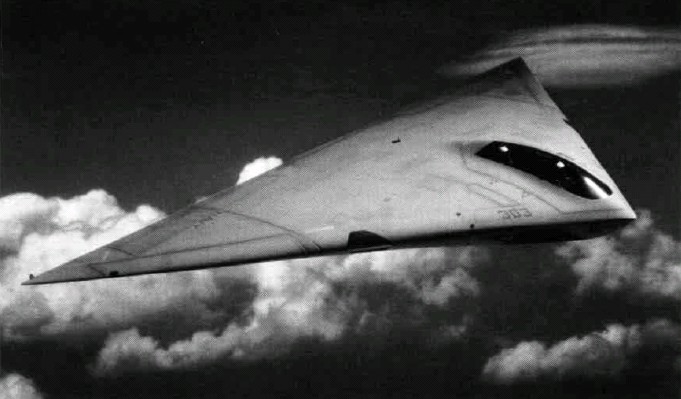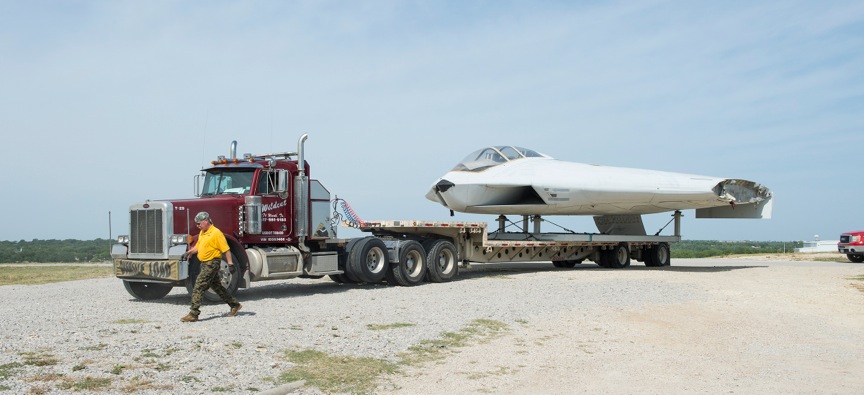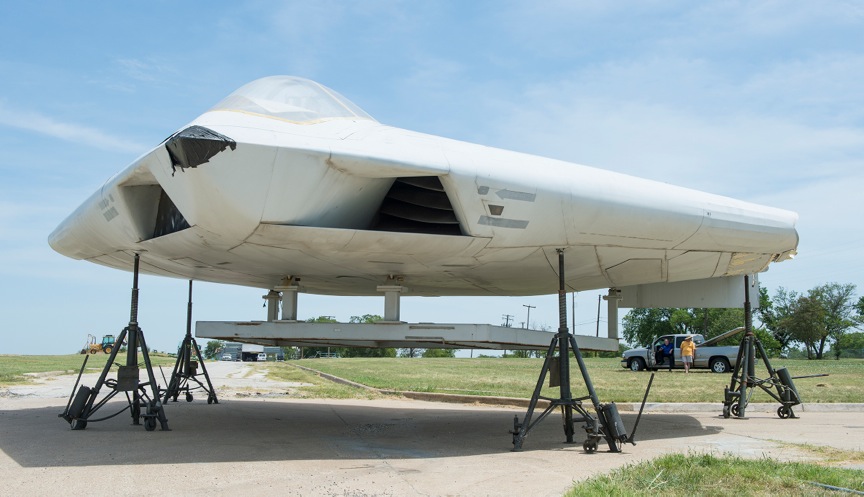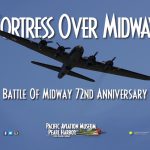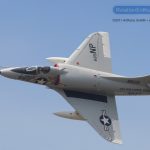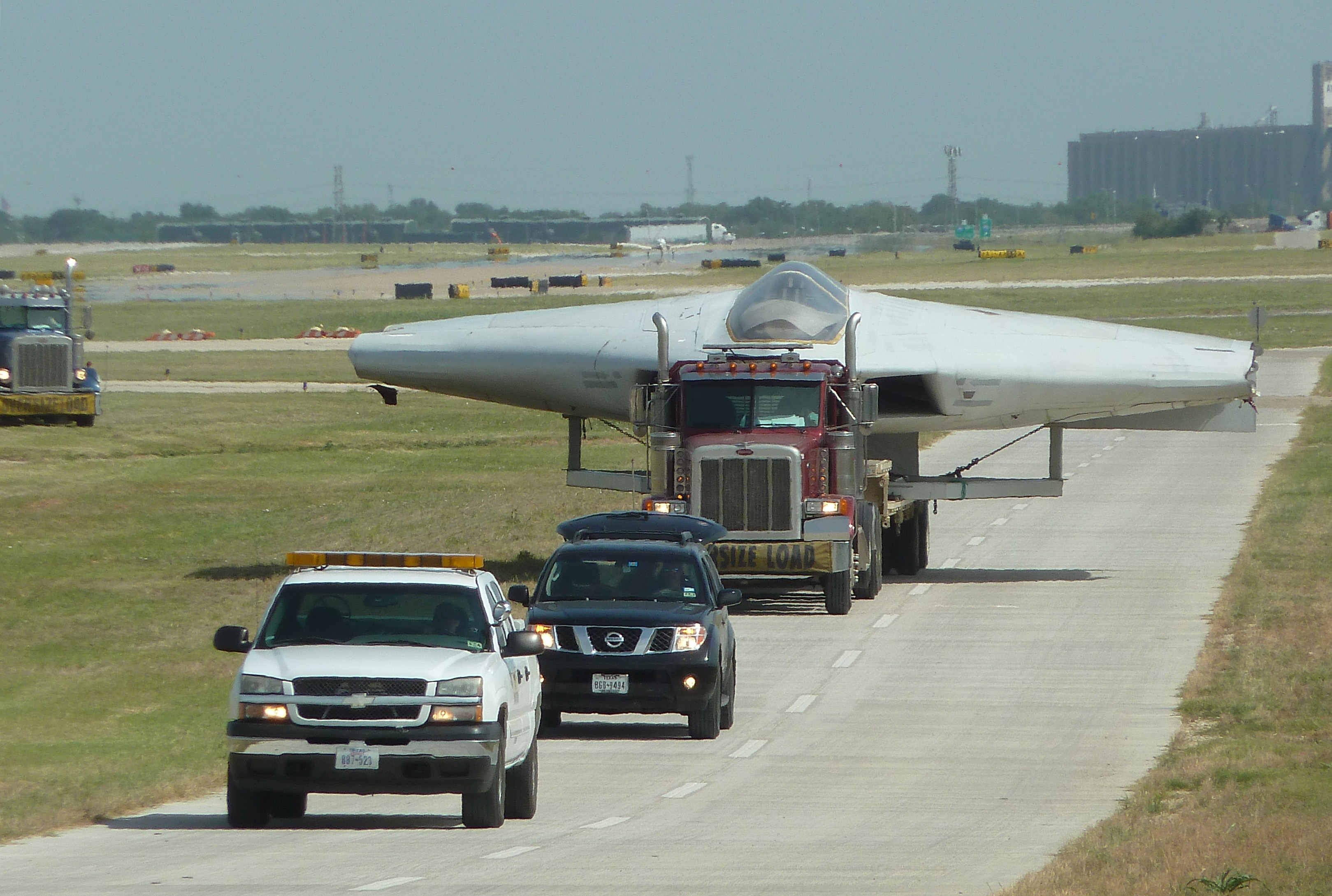
The original full-scale mockup of the ill-fated McDonnell Douglas/General Dynamics A-12 Avenger II has arrived at its new home, the Fort Worth Aviation Museum. As some of our readers may remember, the A-12 was to have replaced the Grumman A-6 Intruder within the US Navy and Marine Corps by the early 1990s. The US Air Force even considered a variant of the aircraft as well. The aircraft design, which started in the early 1980s, was a radical departure from convention, being a wholly tail-less, flying wing. As with every revolutionary concept, there were many technological hurdles to overcome, especially with the development of its control systems, radar and stealthy exterior. The program was significantly behind, and over-budget by the end of the 1980s, and then-US Defense Secretary, Dick Cheney, axed the promising design amid some controversy in January, 1991. The Navy and Marines ended up with the McDonnell Douglas F/A-18 Super Hornet instead.
Virtually nothing remains of the A-12, which was shrouded in secrecy due to its highly sensitive technology. However, a full-scale mockup somehow lingered on at the General Dynamics factory in Fort Worth, Texas. It has sat outside for the past twenty years or so, but finally it is joining a museum where its future preservation is more assured. The mockup is actually owned by the City of Fort Worth, but on permanent loan to the Fort Worth Aviation Museum at the historic Meacham Field. The museum has a fascinating collection of nearly two dozen former military aircraft relevant to the region, which has a great history of aircraft production; with Convair/General Dynamics, North American Aviation and Vought all being in residence at times. While they do operate on a shoe string budget, they have achieved a great deal within that scope, and have a great group of more than forty skilled volunteers on hand.
The Avenger II will undergo a period of repair, including a repaint, before reassembly and display. Sadly, like all of the other aircraft at the museum, she will be on outdoor display, although the Fort Worth climate is kinder than most. WarbirdsNews will be following the Fort Worth Aviation Museum’s activities, and hope to do a feature on their collection before too long!








